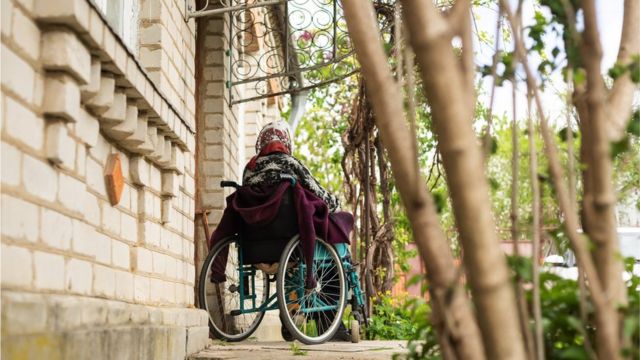A Ukrainian refugee from Mariupol with terminal cancer was forced to cross the Russian-Estonian border in a wheelchair. Her son pushed her wheelchair for one and a half kilometers in the border area, crossing the Narva bridge. The woman could not be taken by ambulance for fear of confiscation of the vehicle with Russian license plates after Estonia introduced a ban on Russian vehicles entering the country. Lidia, a resident of Mariupol (the heroes’ names have been changed at their request for security reasons), is in the final stages of cancer.
In the first weeks of Russia’s full-scale invasion of Ukraine, the woman stubbornly refused to evacuate the shelled city, forcing her family to leave without her. Now Lydia’s condition has deteriorated dramatically. The family turned to an independent team of volunteers who helped transport her to St. Petersburg for evaluation. “The doctors don’t like to mention the stages of the disease, but they indicated that the patient’s condition is serious,” said a BBC volunteer on condition of anonymity. In an informal conversation, the doctors advised that Lydia should be allowed to die in a clinic, surrounded by her family, where they could provide good palliative care. At the same time, the doctor made it clear that the woman might not survive a long journey. Doctors from Estonia have reported that they are ready to meet Lydia in Narva.
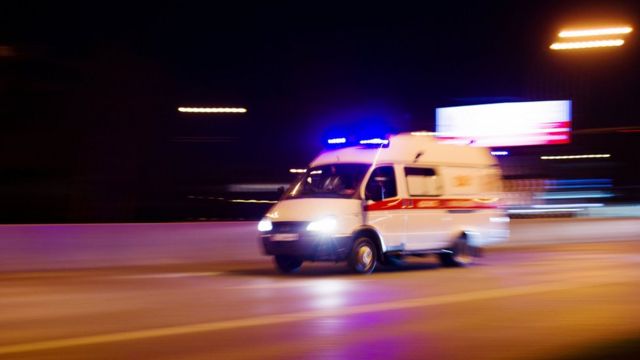
To transport Lidia, the volunteers contacted a private ambulance service in St. Petersburg. They had fulfilled similar requests before. But Lydia’s case turned out to be special – the company warned volunteers of new risks. The last time the private ambulance crossed the Russian-Estonian border was two weeks ago. The car was let through, but with reservations. “Estonian border guards have warned that our ambulance brigade will most likely not be allowed to cross the border and that there is a risk of confiscating the vehicle,” Lev Averbakh, the chief doctor of the private emergency medical services company “KORIS,” told the BBC. There are no audio recordings of the conversation with the doctors, so the BBC cannot independently confirm these claims.
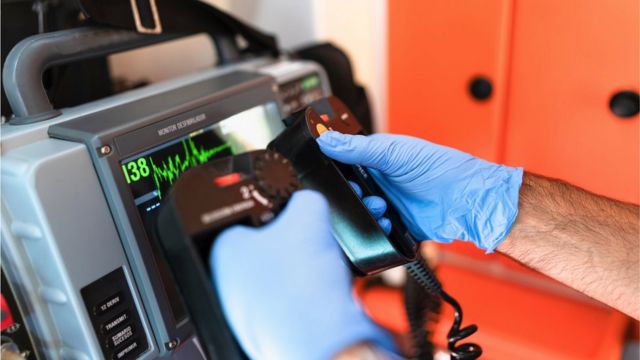
We explain quickly, simply, and clearly what happened, why it matters, and what will happen next. The number of episodes should not be changed. The end of the story: Advertising Podcasts On September 8, the European Commission published clarifications on imports to and from Russia. According to the document, the import of personal vehicles with Russian license plates and personal effects (a list of over 150 items) into the EU is prohibited. Shortly thereafter, the European Commission stated that the restrictive list was advisory in nature and that EU countries would decide individually whether or not to impose bans. As a result, last week Lithuania, Latvia and Estonia announced the introduction of a ban on the entry of cars with Russian license plates with a capacity of up to nine passengers. The European Commission’s checklist states that ambulances are an exception and are not subject to the proposed restrictions. However, the Estonian authorities have not yet provided further clarification on the status of ambulances. Independent Russian volunteers systematically involved in evacuating refugees from the occupied territories of Ukraine to the European Union have repeatedly told the BBC that crossing the Russian-Estonian border has become noticeably more difficult. Border guards have repeatedly denied entry to Ukrainians on the grounds that they have “stayed too long in the occupied territories or in Russia” and may “pose a threat to national security”.
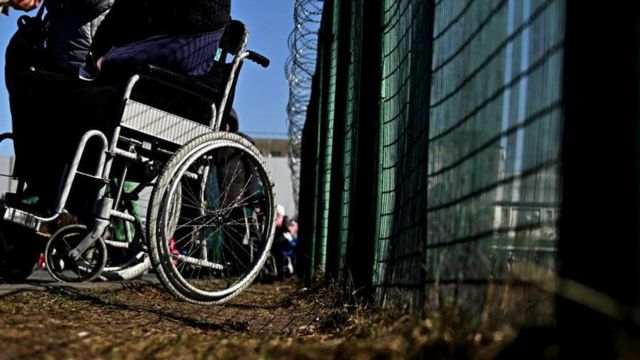
In the end, they did not dare to take Lydia to Estonia in a private ambulance. On Sunday morning, volunteers took her to the border in a regular car, but accompanied by a doctor who was also a volunteer. “Essentially, this is a patient who needs resuscitation, who needs support, who needs an oxygen tank. But in the current conditions we are doing what we can,” said a BBC participant in the evacuation. Because Lydia was not transported in an ambulance but in a regular car, she had to wait in a long line at the border crossing. In addition, the Russian side took Lydia’s son for an additional interrogation that lasted more than four hours. During this time, the effect of the painkiller Lydia had been injected with in St. Petersburg before her departure wore off. “She is in constant pain and severe shortness of breath,” said a participant in the evacuation, according to the BBC. After passing the Russian checkpoint, Lydia’s son walked a mile and a half pushing his mother’s wheelchair. On the Estonian side, volunteers met them with an ambulance. In total, it took the family seven hours to complete the journey. The volunteers used to make the trip by ambulance in two and a half to three hours.
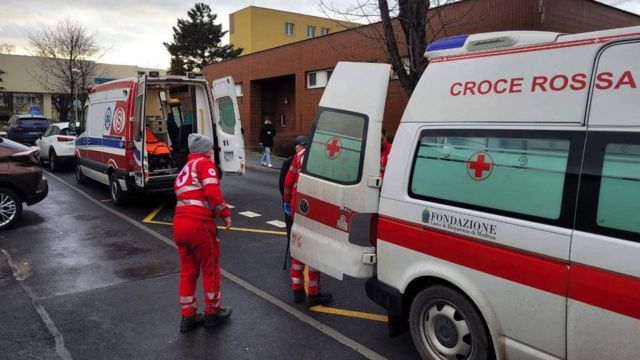
A photo from one of the earlier evacuations, when volunteers and ambulances had no problems crossing the border. Independent volunteers are concerned that following the publication of the European Commission’s documents and the subsequent restrictions imposed by several countries, the evacuation of seriously ill and mobility-impaired refugees from the Russian-occupied territories of Ukraine will be severely hampered. At the moment, Poland and Finland have also announced the introduction of a ban on the entry of cars with Russian license plates, except for the Baltic countries. Volunteers have often transported refugees across the Finnish border. “Finland is its own puzzle. It is completely unclear how to transport the mobility-impaired and seriously ill refugees across this border. There is no pedestrian crossing at the Russian-Finnish border, only a formal car checkpoint. Will they let us through to the checkpoint or not? There are no answers to these questions yet,” one of the volunteers told the BBC.
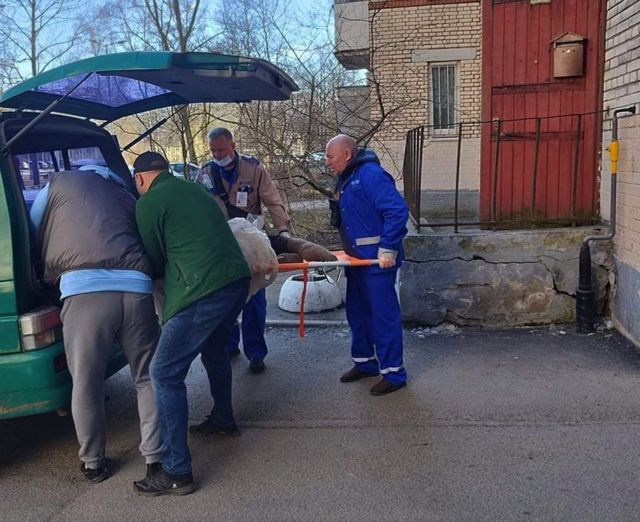
For the past year and a half, volunteers have been helping to evacuate seriously ill refugees from the Russian-occupied regions of Ukraine. Private emergency physicians also believe that the number of their patients’ problems will increase. “Driving used to be difficult, everything depended on which border guards were on duty, who called the ambulance, and what kind of patient it was. There hasn’t been a single time when we’ve been turned away or not allowed to take a patient on an official request. We were tortured for an hour or two or three, that was it. Let’s see what happens next, we haven’t driven since the restrictions were introduced,” Lev Averbakh, the chief doctor of the private emergency medical service “KORIS,” told the BBC. According to Averbakh, a major problem is that his company’s employees – both drivers and medical staff – like many Russians, do not have Schengen visas. Previously, he says, it was possible to get a visa practically within a day at the consulates of Finland and the Baltic countries in case of an emergency evacuation. “We mainly transport goods across the Russian-Estonian and Russian-Finnish borders. We do not know how Estonian and Finnish customs officials will work now. We are exploring options. We have already considered converting a minibus with a capacity of 10 seats for transporting sick people [the restrictions imposed by the countries apply to Russian vehicles with a capacity of less than 10 people – according to the BBC]. We hope that humanitarian principles will prevail,” the doctor added. “The BBC has sent requests to the Finnish and Estonian border authorities and is awaiting a response. “Referendums” in southeastern Ukraine and the threat of mobilization into the Russian army have forced many residents of the annexed Ukrainian territories to flee to Europe via Russia. This has led to a collapse of the borders between Russia and Estonia and Latvia, witnesses and refugees told the BBC.

